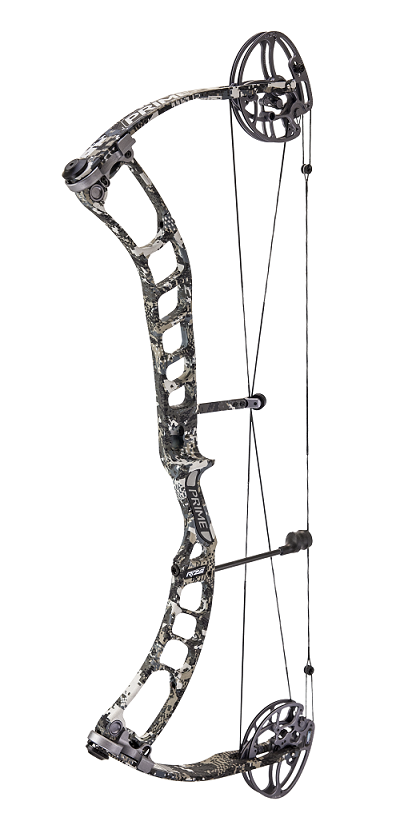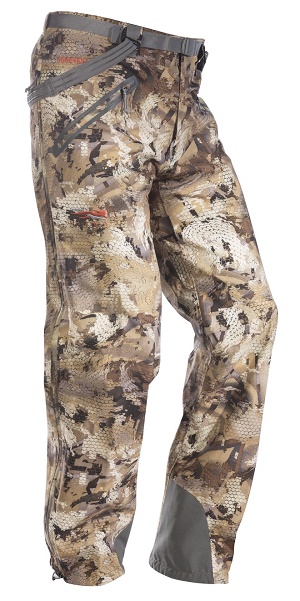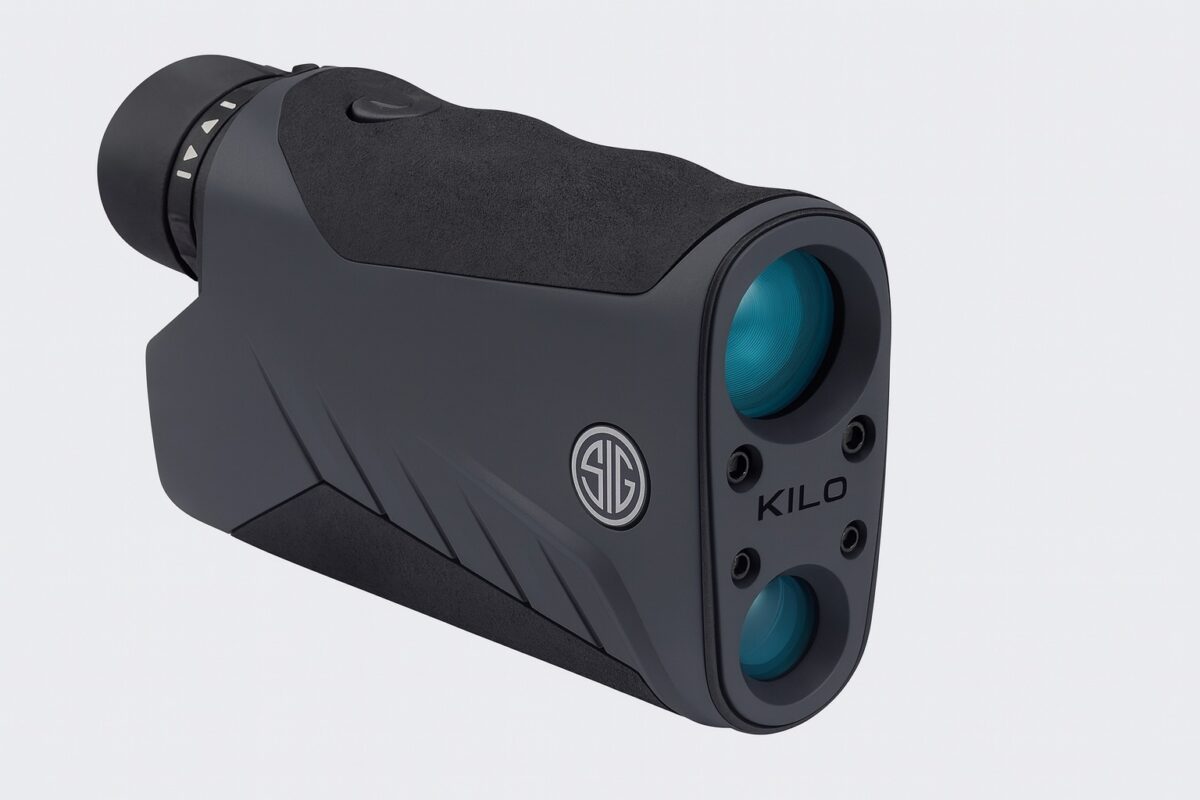Structural Design and Material Strength
Riser construction plays a central role in the overall performance and feel of modern compound bows. While other components—such as cams and limbs—affect draw and release, the riser serves as the foundation that unites the entire system. Improvements in geometry, material composition, and frame balance have made risers lighter, stronger, and more stable than in earlier designs.
High-strength aluminum alloys and advanced machining processes now provide exceptional rigidity without adding unnecessary weight. This precision engineering helps reduce vibration and noise at release, improving consistency and comfort for both target shooters and bowhunters. The integration of material science and structural design continues to shape how bows perform under different shooting conditions.
Vibration Control and Accessory Integration
Minimizing vibration and noise has become a major focus in bow design. Structural dampers, flexible riser inserts, and modern grip configurations work together to absorb shock and stabilize the bow during release. These features reduce physical strain and improve arrow control, leading to greater shooting accuracy.
Accessory mounting has also evolved with improved riser engineering. Integrated attachment points allow stabilizers, quivers, and recording equipment to be securely added without affecting balance. This adaptability supports personal customization while maintaining the structural integrity of the bow.
Performance and Precision
Enhanced riser design contributes to smoother energy transfer between limbs and string, which supports faster, more controlled arrow flight. Adjustments in brace height and mass distribution provide additional stability, especially for extended shooting sessions. Compact riser geometries combined with advanced limb angles create a balanced shooting experience that favors both precision and endurance.
Engineering and the Future of Archery
The continued refinement of riser technology demonstrates the importance of combining design efficiency with user comfort. Each advancement—from improved materials to vibration-damping systems—enhances safety, accuracy, and long-term reliability. These developments reflect how engineering innovation and field experience continue to influence the evolution of modern archery.





